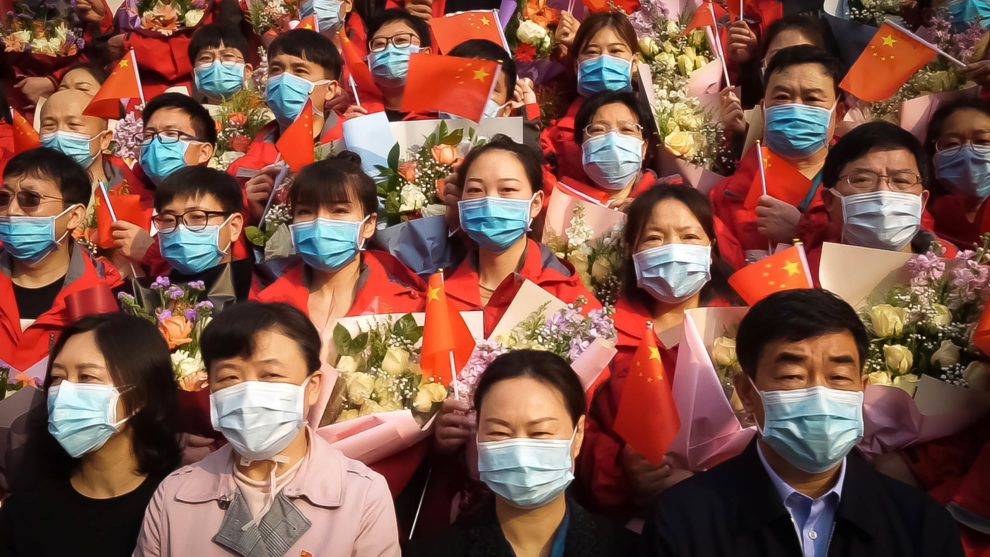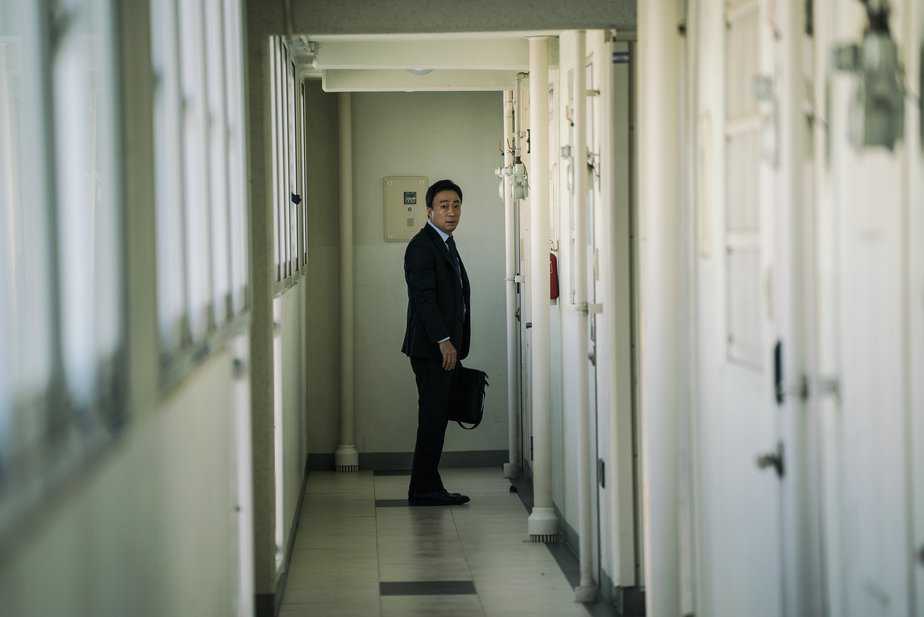For a film on Wuhan, Nanfu Wang's third feature “In The Same Breath” still feels close to home – or perhaps that is because it just so aptly addresses the circumstances. This COVID-19 documentary saw its world premiere last night at Sundance (which was remote because of… well, reasons), recounting the virus' early days in China and America. Wang makes the most of her New Jersey-based, ethnic Chinese background in this deeply personal, but political argument: administrations in China and America alike have both grossly mismanaged an avoidable calamity.
In the Same Breath is screening at Sundance

“In The Same Breath” opens in Wuhan with all the optimism of the new decade. Wang tracks, day-by-day, the news coverage from the virus' first records in December to Wuhan's sudden shutdown on January 23. Though Wang is not on-the-ground, she still manages to gather an impressive breadth of material — from censored interviews to taboo hospital footage — through her undercover informants. The clandestine aspect here is key: Wuhan, Wang argues, explodes with COVID-19 because of the active suppression of free speech. It's only ironic, then, that America sees a parallel rise in COVID-cases just a few months later on the very account of free speech. Wang's biting criticism here is clear: willful misinformation, not authoritarianism, is the ultimate culprit behind the uncontrollable pandemic.
Wang's argument is skillfully placed with her ability to shift points of view. Her voiceover narration in the first half of the film demonstrates her own torn personal connection. With family in both China and America, Wang honestly admits her own confusion at public messaging at the time. She then empathizes with local Chinese dissidents — relentlessly juxtaposing scripted, repetitive CCP propaganda with laymen coverage. Wang's keen attention to the synchronization of slogans – adjectives, phrases, and sometimes even full-blown news announcements – draws particularly poignant correlations across news channels. The dissonance here between the state and its people is clear; the state clearly is more interested in preserving its international image than it is in its own citizens.
Wang persuades that dissatisfaction in the Wuhan crisis is more nuanced, however, by the unifying mask of nationalism. This is the one sentiment tying the CCP with Wuhan victims, and the Xi administration with Trump's: the insistence on saving face through lies overcomes the need to save thousands. In China, a father who lost a son still praises the CCP, steadfastly claiming allegiance to his country. In America, a similar phenomenon occurs – where MAGA supporters claim that their ability to think beyond (leftist) news coverage indicates their own American pride. The hotly-debated question of authoritarianism featured in “In The Same Breath” thus chillingly witnesses how national agendas bleed into the rhetoric of its citizens.
“In The Same Breath” thus shines in that it is not simply relevant, but it is empathetic. Wang clearly sees each side of the multifaceted coin without siding with one particular national agenda over another. Instead, she smartly cuts away at governmental scapegoats and ideological messaging to find her own voice. The pandemic is not the reason — or even the result — of mishap. Instead, the pandemic is simply revealing of the authoritarian, fascist agendas simmering beneath the surface. When all is said and done, the pandemic pandemonium in China and the US alike are products of the same ilk — or that is, in the same breath.















